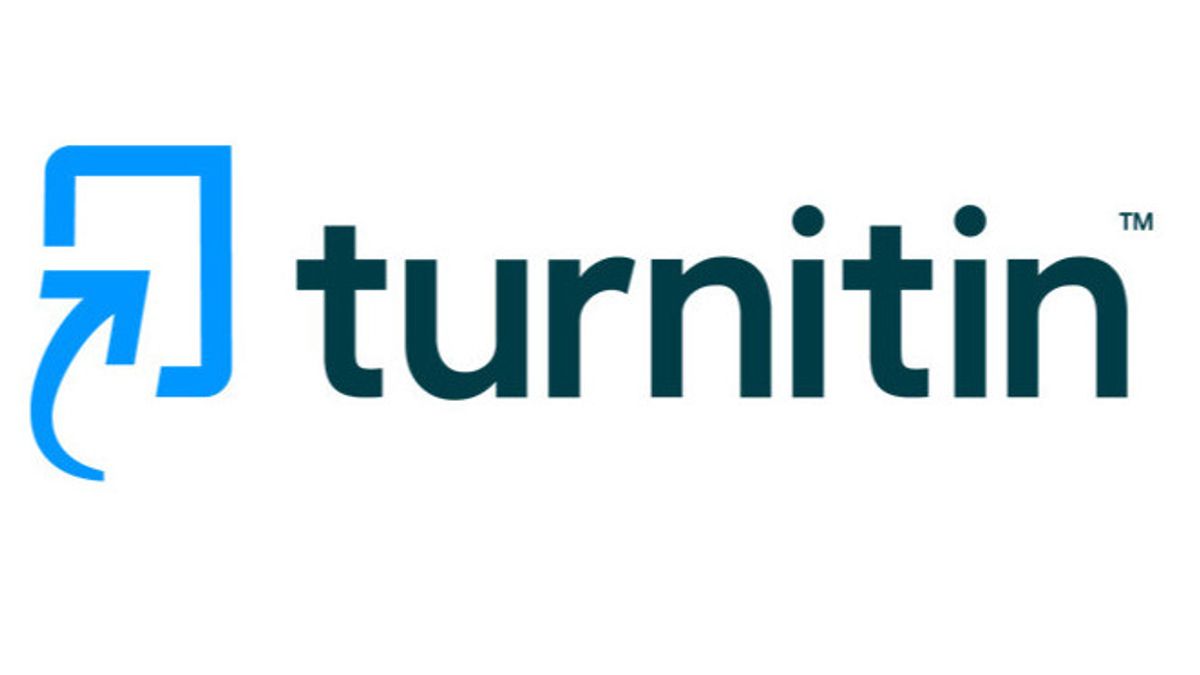Protein Digestibility and Protein Efficiency Ratio of Herbal Rice by Rats Given High Fat Diet
DOI:
https://doi.org/10.30997/jah.v9i2.8239Keywords:
tumeric, cinnamon, guava leaves, protein digestibility, protein efficiency ratio, riceAbstract
Herbal rice made from white rice by adding a mixture of turmeric, cinnamon and guava leaves during cooking, reducing cholesterol levels in hypercholesterolemia. This study was aims to evaluate the protein digestibility and protein efficiency ratio of herbal rice by rats given high fat diet. This study used 28 male Spangue dawley rats aged 12 weeks divided into four treatment groups (7 rats per group). The control group (P0) was given standard diet AIN-76 without high fat diet induction, the treatment group (P1) was containing plain rice flour with high fat diet induction, the treatment group (P2) was containing cooked rice flour 1 bag of mixed herbs with high fat diet induction, and the treatment group (P3) was containing cooked rice flour 2 bags of herbal mixture with high fat diet induction. The results showed that the body weight of each rat treatment group increased during the 28 days of the experiment. The type of ration given had a significant effect (p<0.05) on the value of protein digestibility, but had no significant effect (p<0.05) on the value of the protein efficiency ratio (PER). Result evaluation of body weight, protein digestibility and PER of herbal rice obtained, it can be concluded that herbal rice has better protein quality than plain white rice.
References
Andika, A., Kusnandar, F., & Budijanto, S. (2021). Karakteristik Fisikokimia dan sensori beras analog multigrain berprotein tinggi. Jurnal Teknologi Dan Industri Pangan, 32(1), 60–71. https://doi.org/10.6066/jtip.2021.32.1.60
Astawan, M., Wresdiyati, T., & Saragih, A. M. (2015). Evaluasi mutu protein tepung tempe dan tepung kedelai rebus pada tikus percobaan evaluation of protein nutritional quality of tempe and boiled soybean flours by rats. Jurnal Mutu Pangan : Indonesian Journal of Food Quality, 2(1), 11–17. http://journal.ipb.ac.id/index.php/jmpi/article/view/27865
Babji, A. S., Fatimah, S., Ghassem, M., & Abolhassani, Y. (2010). Protein quality of selected edible animal and plant protein sources using rat bio-assay. International Food Research Journal, 17(2), 303–308.
De Francesco, P. N., Cornejo, M. P., Barrile, F., García Romero, G., Valdivia, S., Andreoli, M. F., & Perello, M. (2019). Inter-individual variability for high fat diet consumption in inbred C57BL/6 mice. Frontiers in Nutrition, 6(May), 1–9. https://doi.org/10.3389/fnut.2019.00067
Du, Z., & Qin, Y. (2023). Dyslipidemia and cardiovascular disease: current knowledge, existing challenges, and new opportunities for management strategies. Journal of Clinical Medicine, 12(1), 12–15. https://doi.org/10.3390/jcm12010363
Gorantla, N. V., Das, R., Mulani, F. A., Thulasiram, H. V., & Chinnathambi, S. (2019). Neem derivatives inhibits tau aggregation. Journal of Alzheimer’s Disease Reports, 3(1), 169–178. https://doi.org/10.3233/ADR-190118
Handajani, F. (2021). Metode Pemilihan dan pemnbuatan hewan model beberapa penyakit pada penelitian eksperimental.
Kumar, M., Tomar, M., Amarowicz, R., Saurabh, V., Nair, M. S., Maheshwari, C., Sasi, M., Prajapati, U., Hasan, M., Singh, S., Changan, S., Prajapat, R. K., Berwal, M. K., & Satankar, V. (2021). Guava ( psidium guajava l .) leaves nutritional composition. Foods, 10(752), 1–20.
Liu, K., Zheng, J., & Chen, F. (2019). Effect of domestic cooking on rice protein digestibility. Food Science and Nutrition, 7(2), 608–616. https://doi.org/10.1002/fsn3.884
Metan, M. E., Ruminansia, T., & Hidayah, N. (2016). Pemanfaatan senyawa metabolit sekunder tanaman (tanin dan saponin) dalam utilization of plant secondary metabolites compounds (tannin and saponin) to reduce methane emissions from ruminant livestock. Jurnal Sain Peternakan Indonesia, 11(2), 89–98.
Nova, T. D., Sabrina, S., & Trianawati, T. (2015). Pengaruh level pemberian tepung kunyit (curcuma domestica val) dalam ransum terhadap karkas itik lokal. Jurnal Peternakan Indonesia (Indonesian Journal of Animal Science), 17(3), 200. https://doi.org/10.25077/jpi.17.3.200-209.2015
Nurcahyanti, A. D. R., Cokro, F., Wulanjati, M. P., Mahmoud, M. F., Wink, M., & Sobeh, M. (2022). Curcuminoids for metabolic syndrome: meta-analysis evidences toward personalized prevention and treatment management. Frontiers in Nutrition, 9(June), 1–19. https://doi.org/10.3389/fnut.2022.891339
Nurdin, S. U., Le Leu, R. K., Aburto-Medina, A., Young, G. P., Stangoulis, J. C. R., Ball, A. S., & Abbott, C. A. (2018). Effects of dietary fibre from the traditional Indonesian food, green cincau (Premna oblongifolia merr.) on preneoplastic lesions and short chain fatty acid production in an azoxymethane rat model of colon cancer. International Journal of Molecular Sciences, 19(9), 1–18. https://doi.org/10.3390/ijms19092593
Nurdin, S. U., Sundari, Y. S., Herdiana, N., Nurainy, F., & Sukohar, A. (2018). Respon glikemik dan aktivitas antioksidan nasi yang dimasak menggunakan campuran kunyit (curcuma longa linn.) dan kayu manis (cinnammum sp). Jurnal Aplikasi Teknologi Pangan, 7(3), 143–149. https://doi.org/10.17728/jatp.2681
Permadi, W., Hestiantoro, A., Ritonga, M., Ferrina, A., Iswari, W., Sumapraia, K., Muharram, R., Djuwantono, T., Wiweko, B., & Tjandrawinata, R. (2021). Administration of cinnamon and lagersroemia speciosa extract on lipid profile of polycystic ovarian syndrome women with high body mass index. Journal of Human Reproductive Sciences, 14(1), 16–20. https://doi.org/10.4103/jhrs.JHRS_141_20
Rusmini, H., Putri, D. F., Hidayat, H., & Risandy, D. (2020). Pengaruh madu ceiba pentandra terhadap kadar ldl tikus rattus norvegicus yang diberi diet tinggi lemak. Jurnal Ilmiah Kesehatan Sandi Husada, 11(1), 479–489. https://doi.org/10.35816/jiskh.v11i1.331
Sagay, S., Simbala, H. E. I., & De Queljoe, E. (2019). Uji aktivitas antihiperlipidemia ekstrak etanol buah pinang yaki (areca vestiaria) pada tikus putih jantan galur wistar (rattus norvegicus) yang diinduksi pakan hiperlipidemia. Pharmacon, 8(2), 442. https://doi.org/10.35799/pha.8.2019.29311
Schoeneck, M., & Iggman, D. (2021). The effects of foods on LDL cholesterol levels: a systematic review of the accumulated evidence from systematic reviews and meta-analyses of randomized controlled trials. Nutrition, Metabolism and Cardiovascular Diseases, 31(5), 1325–1338. https://doi.org/10.1016/j.numecd.2020.12.032
Setiawan, M., Rahayu, M., Wahyu Ningsih, D. Q., & Arifa, N. (2022). Tumbuhan rempah dan masakan tradisional di kelurahan nanggewer mekar, cibinong, kabupaten bogor. Jurnal Masyarakat Dan Budaya, 23(3), 337–353. https://doi.org/10.14203/jmb.v23i3.1434
Swithers, S. E., Ogden, S. B., & Davidson, T. L. (2011). Fat substitutes promote weight gain in rats consuming high-fat diets. Behavioral Neuroscience, 125(4), 512–518. https://doi.org/10.1037/a0024404
Tella, T., Masola, B., & Mukaratirwa, S. (2019). The effect of psidium guajava aqueous leaf extract on liver glycogen enzymes, hormone sensitive lipase and serum lipid profile in diabetic rats. Biomedicine and Pharmacotherapy, 109(November 2018), 2441–2446. https://doi.org/10.1016/j.biopha.2018.11.137
Wang, M., Wang, R., Li, L., Yan, Y., Jia, S., Jiang, H., & Du, Z. (2021). Quantitative proteomics of plasma and liver reveals the mechanism of turmeric in preventing hyperlipidemia in mice. Food and Function, 12(21), 10484–10499. https://doi.org/10.1039/d1fo01849c
Zheng, J., Cheng, J., Zheng, S., Feng, Q., & Xiao, X. (2018). Curcumin, a polyphenolic curcuminoid with its protective effects and molecular mechanisms in diabetes and diabetic cardiomyopathy. Frontiers in Pharmacology, 9, 1–10. https://doi.org/10.3389/fphar.2018.00472
Downloads
Published
How to Cite
Issue
Section
License

This work is licensed under a Creative Commons Attribution-ShareAlike 4.0 International License.
Authors who publish with Jurnal Agroindustri Halal agree to the following terms:
- Authors retain copyright and grant the journal right of first publication with the work simultaneously licensed under a Creative Commons Attribution 4.0 International License that allows others to share the work with an acknowledgement of the work's authorship and initial publication in Jurnal Agroindustri Halal.
- Authors are able to enter into separate, additional contractual arrangements for the non-exclusive distribution of the journal's published version of the work (e.g., post it to an institutional repository or publish it in a book), with an acknowledgement of its initial publication in Jurnal Agroindustri Halal.
- Authors are permitted and encouraged to post their work online (e.g., in institutional repositories or on their website) prior to and during the submission process, as it can lead to productive exchanges, as well as earlier and greater citation of published work







